Ask Ethan: What if gravity isn’t really fundamental?
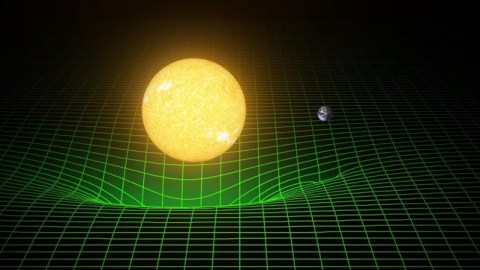
Gravity is the oldest fundamental force ever discovered. Might it not be fundamental after all?
“The whole edifice of modern physics is built up on the fundamental hypothesis of the atomic or molecular constitution of matter.” –C. V. Raman
Ever since Newton first put forth his theory of universal gravitation, it’s been accepted that the same forces governing gravitation here on Earth also govern motion and formation of the planets, stars, galaxies and even larger-scale structures in the Universe. As our scientific understanding improved, Newton’s gravity was replaced by Einstein’s General Relativity, with a full, quantum theory of gravity expected to someday supersede that. So far, attempts to quantize gravity have been elusive. But what if gravity weren’t a fundamental force at all, and that’s why attempts to quantize it have failed? A great many of you — including Lex Kemper, Mariusz Woloszyn, Pedro Teixeira, Frank Jansen and Tristan du Pree — have all asked about a new paper: Emergent Gravity and the Dark Universe, by Erik Verlinde. Let’s dive in.
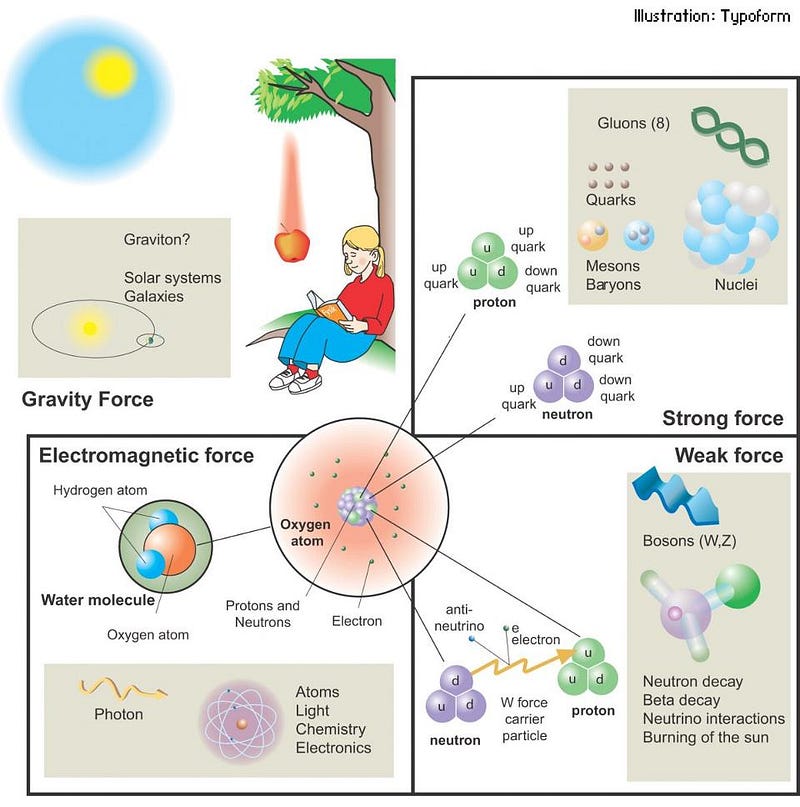
Conventionally, there are four fundamental forces. The particles and interactions of the Standard Model, which contains the quarks, leptons, gauge bosons and the Higgs, describe three of the fundamental forces: electromagnetism and the weak and strong nuclear forces. The other force, described by Einstein’s General Relativity, is gravitation. This effect is taken into account by the curvature of spacetime on one hand and the presence of matter and energy on the other. Effects like gravitational lensing, gravitational radiation and the expansion of the Universe is a consequence of this theory, and it is capable of incorporating both dark matter and dark energy. One of the great hopes of many theoretical physicists (and string theory) — although it’s not a necessity — is that there may exist some overarching framework that unifies all four of these forces together.
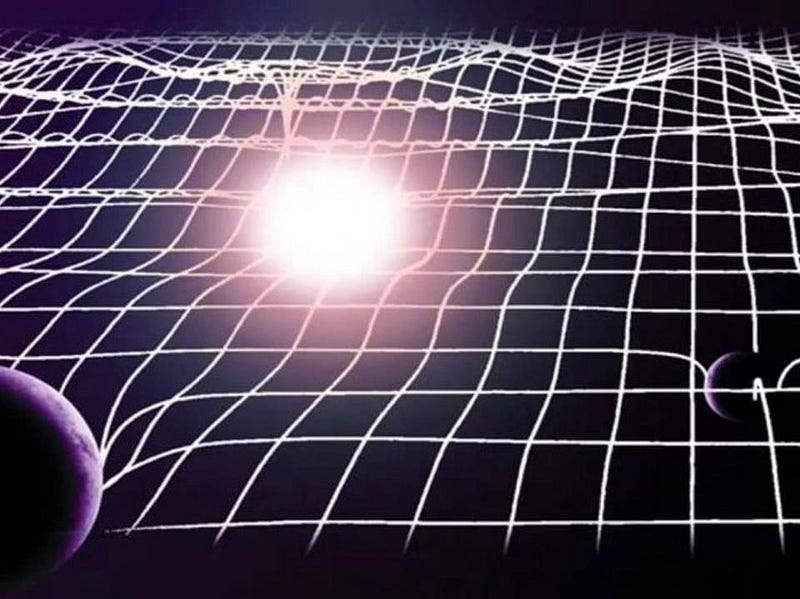
But another approach is to consider that perhaps General Relativity itself, including space, time, and the gravitational force, is not fundamental, but rather emergent. Perhaps General Relativity is merely a stage upon which the gravitational play is performed, and that there’s a more fundamental, underlying cause to what we perceive as gravitation. Verlinde’s approach is to start from the entropy and Hawking temperature of a black hole, and then, using ideas from String Theory, to show there’s a relationship between quantum information theory and the emergence of gravity, space and time.
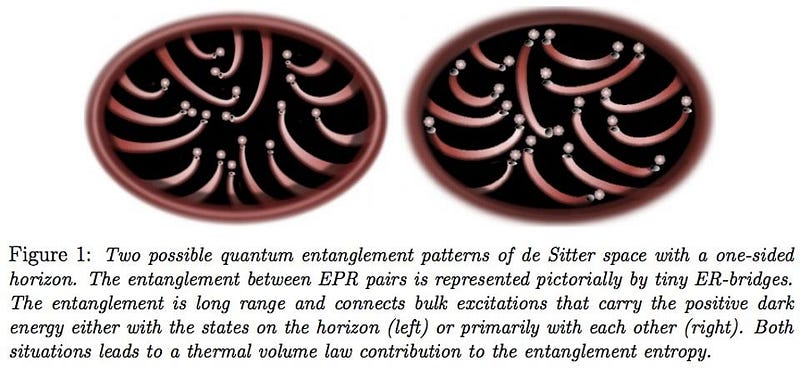
The basic idea isn’t too hard: imagine you have two quantum “units,” entangled with one another. Throw a matter particle in there, and it has the capacity to interact with one or both of them. That other particle, quite simply, can change the entanglement of the system, and it’s from that change-in-entanglement that gravity can emerge. Because the entropy of a black hole is proportional to a black hole’s surface area, it’s tempting to view space as a network of entangled “units” that allow gravitation to emerge. There’s also the fact that the other element Verlinde starts from, the Hawking temperature of a black hole, is proportional to the gravitational acceleration at the black hole’s event horizon.
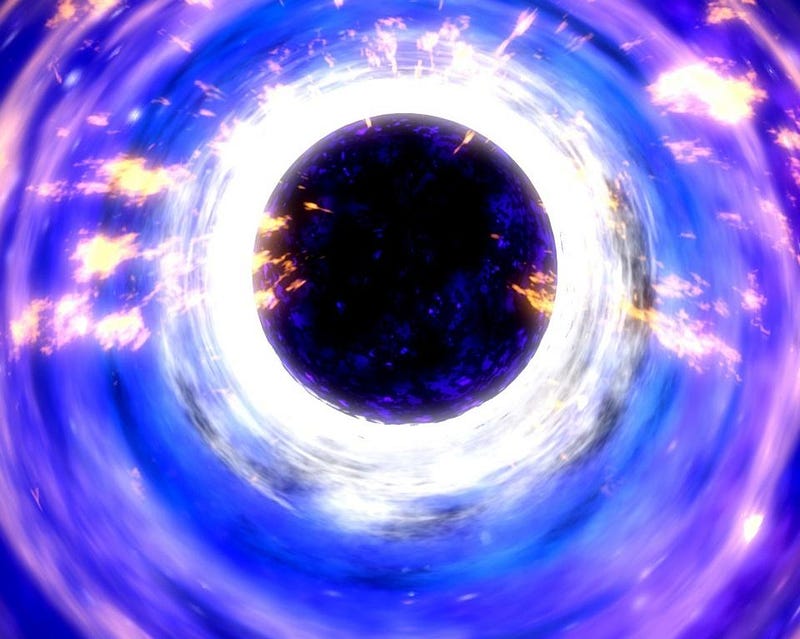
The hope is, with the right assumptions, a full theory of gravity, which:
- gives you four dimensions of spacetime (three space and one time),
- incorporates dark energy via a positive cosmological constant,
- and explains where the gravitational “differences” between the Standard Model’s predictions and what we observe comes from.
That’s the big hope, and what Verlinde is working towards. (Others are also working towards it independently.) This paper is an update on how it’s going. So, how’s it going?
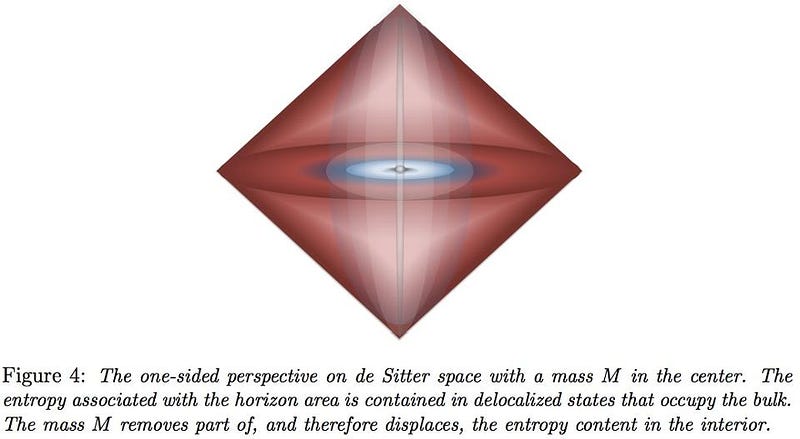
There are some successes given very specific assumptions, but there are a lot of problems. The largest problem, quite simply, is that one needs to make a multitude of seemingly arbitrary “interpretation” decisions to wind up with something other than nonsense. For example: the full motivation for this approach is based in anti-de Sitter space (or space with a negative cosmological constant), but our Universe is observed to have a positive cosmological constant (i.e., de Sitter space), and the mathematics of the two spaces have very different properties. For another, you need the entropy to obey a strict area-based law to get the Einstein equations out, but you don’t get a cosmological horizon out if you do. (And our Universe has one.) And finally, if you make all the assumptions you need to in order to get the gravitational acceleration for galaxies out, you destroy all of General Relativity’s successes on larger-than-galaxy scales. (Verlinde, on pp. 39–40, makes the argument that it could succeed, but the observations of colliding galaxy clusters completely undermine his line of thought.)
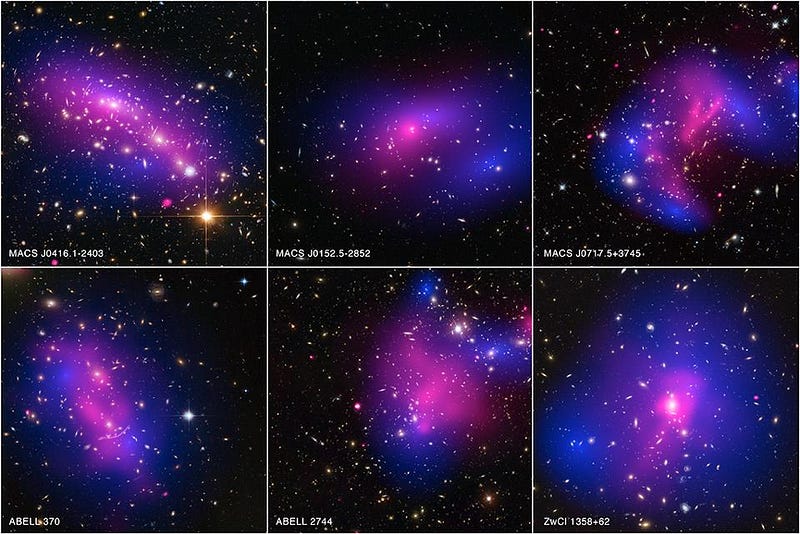
There are other, more fundamental disappointments. Verlinde’s model allows gravitational mass to emerge, but there is no mention of inertial mass, or why those two are the same. (This is Einstein’s equivalence principle.) For another, many of the intricate assumptions that Verlinde makes can only get the numbers to work out if they apply the Hubble expansion rate as it is today, despite the fact that the Universe’s expansion rate has changed dramatically over its history. He’s also assumed that dark energy was always the dominant form of energy in the Universe in order to make this framework valid, but the truth is that for billions of years, dark energy was negligible. In other words, some of the key cornerstones of modern cosmology — like the large-scale formation of structure or the fluctuations in the cosmic microwave background — aren’t sufficiently explained by this work.
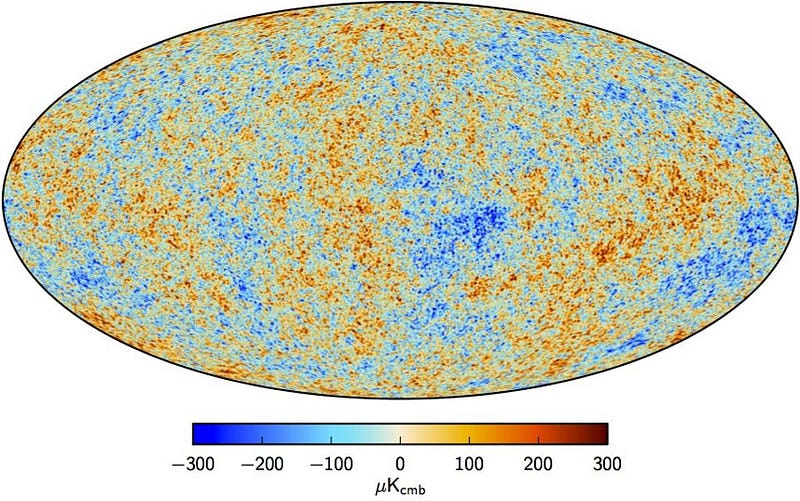
For the most part, though, this is a herculean effort to try and develop a radical new idea: that by starting with the entropy and temperature of fundamental quantum “bits,” you can derive a theory of gravitation, including space and time. Now, there are some problems with it that I would sum up as follows:
- The definitions for entropy and temperature rely on General Relativity to be defined in the first place.
- Many assumptions and interpretations are made along the way with no clear motivation, other than “the math appears to work out this way.”
- The composition and structure of the Universe has changed over time, but the laws of physics have not, which appears to be in conflict with Verlinde’s work.
- And there are a number of open questions this work raises: can the standard cosmological picture be incorporated, including the expansion of the Universe, inflation, and the full suite of dark matter/dark energy observations?
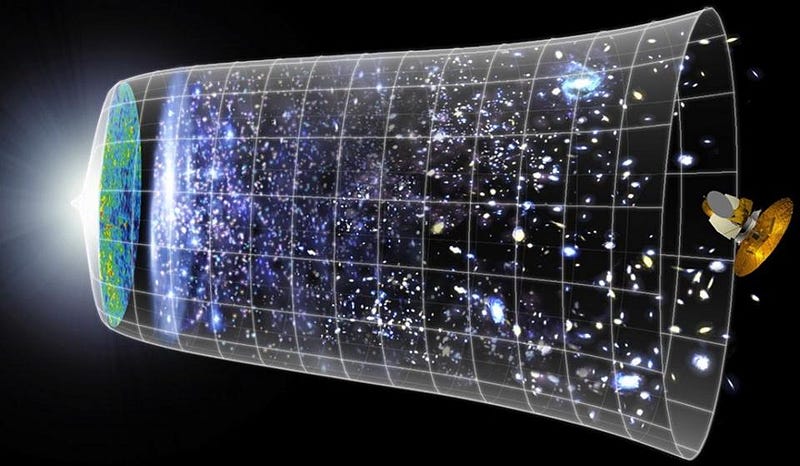
Because as interesting as this idea is, it has to be consistent with the Universe we observe. And in order to have a hope of rising to the level of accepted science, it needs to actually make a prediction that we can go and look for on a matter that hasn’t been decided yet. It has the potential to get there, but it isn’t just a matter of hard work; it has to be right, and whether that’s true or not hasn’t been determined. New ideas are always exciting, and this one might offer some tremendous insights down the road. As Niels Bohr brilliantly said,
“In our description of nature the purpose is not to disclose the real essence of the phenomena but only to track down, as far as possible, relations between the manifold aspects of our experience.”
Submit your questions for Ask Ethan to startswithabang at gmail dot com!
This post first appeared at Forbes, and is brought to you ad-free by our Patreon supporters. Comment on our forum, & buy our first book: Beyond The Galaxy!





